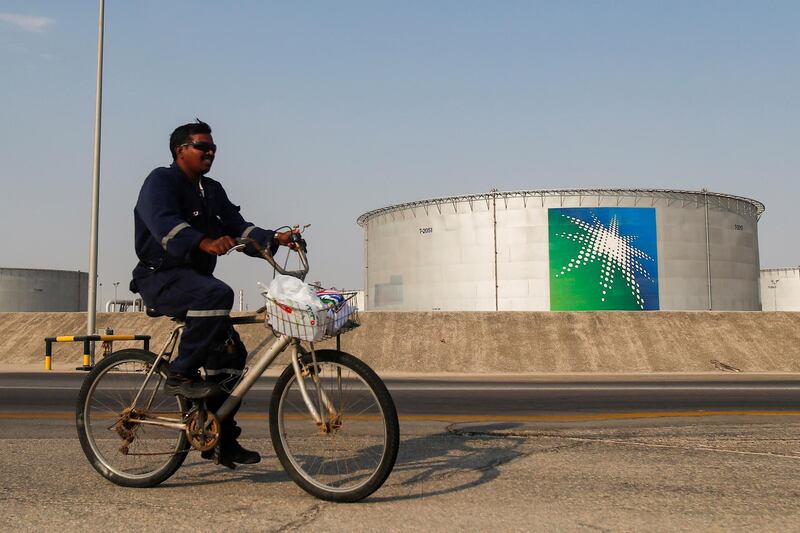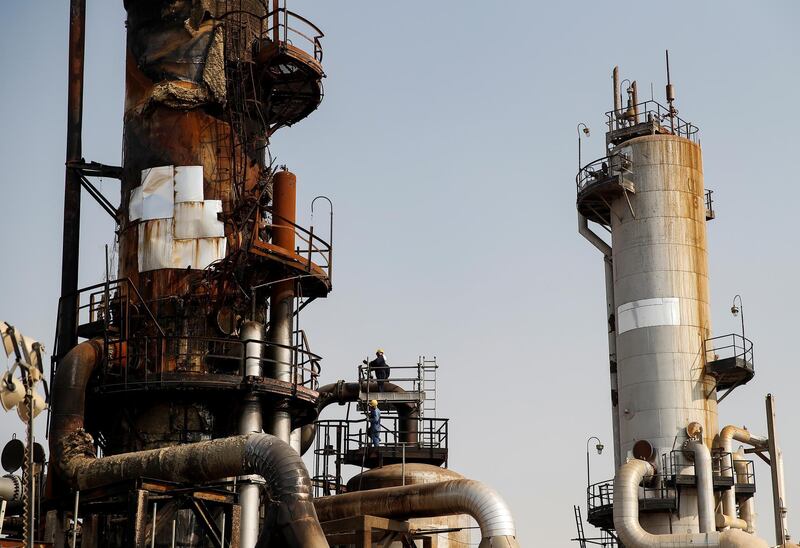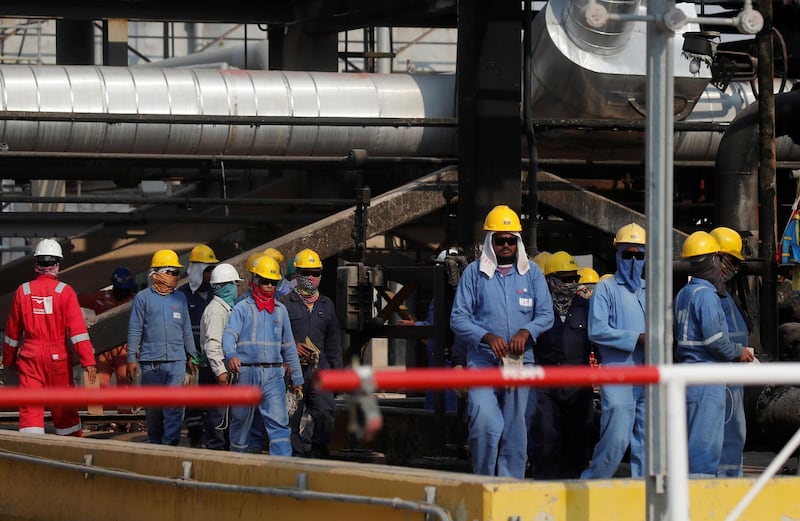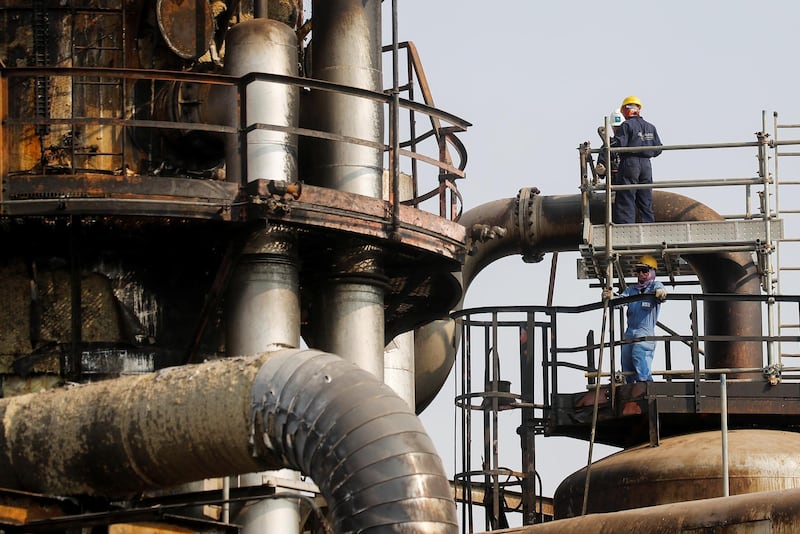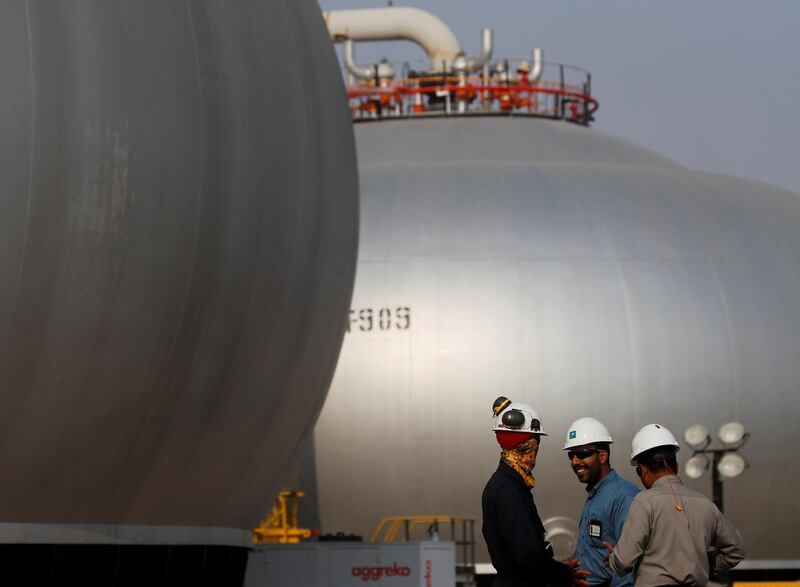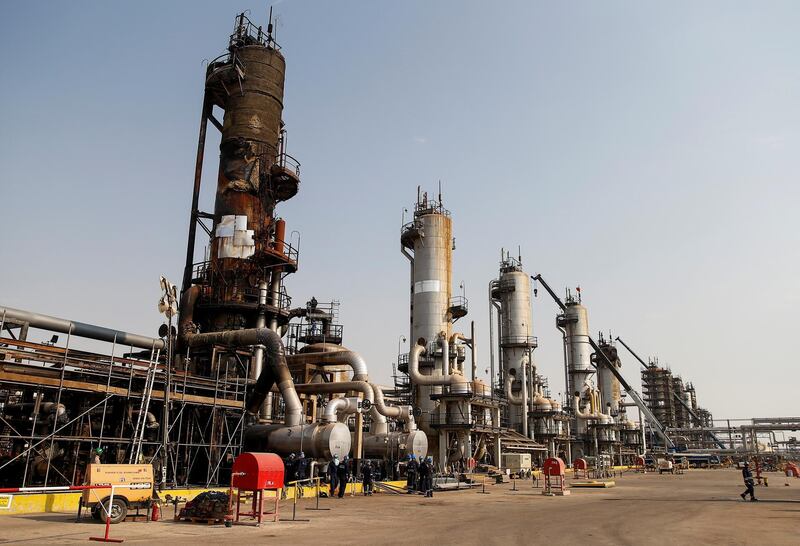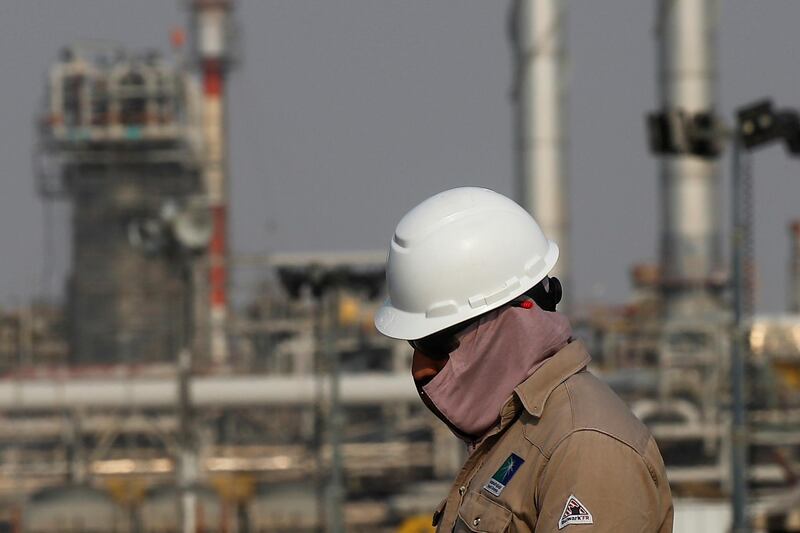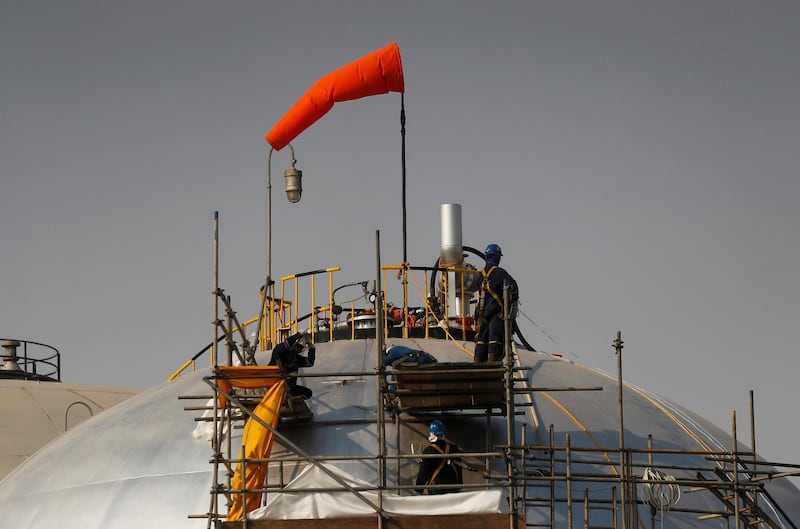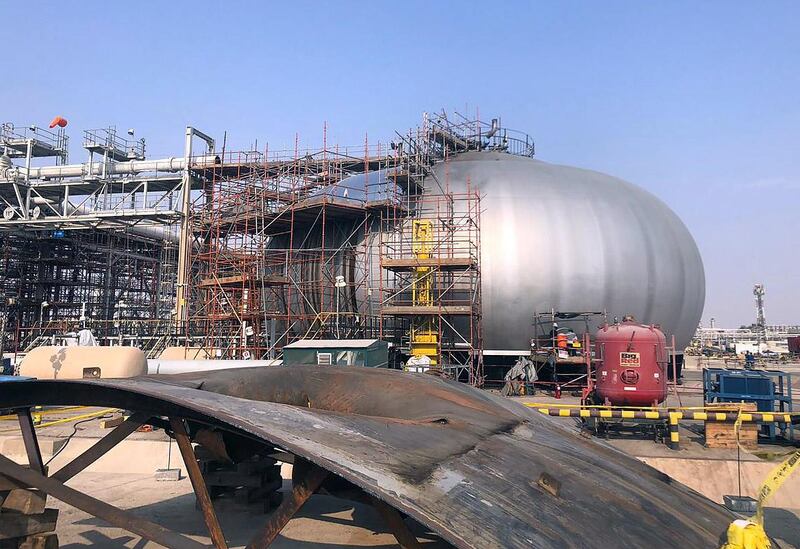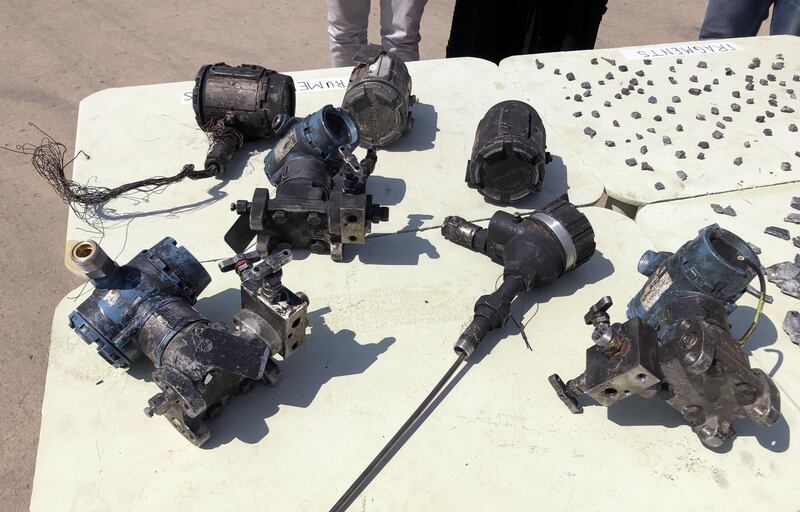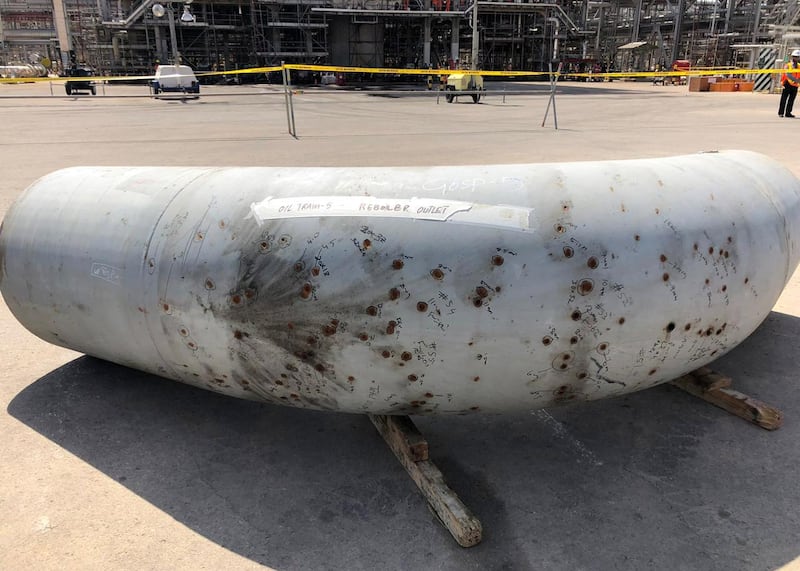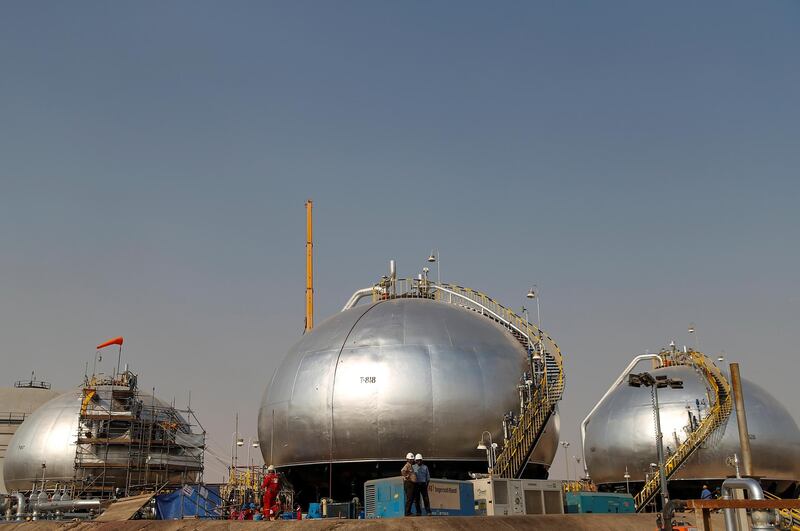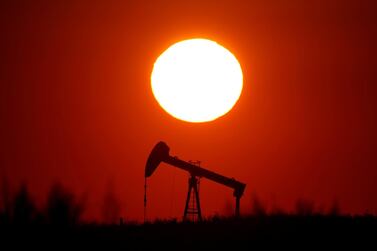The International Energy Agency revised down its forecast for oil demand growth by 100,000 barrels per day, despite observing that markets had priced in little geopolitical risk premium after the attacks on Saudi oil facilities.
"For both 2019 and 2020 we have cut our headline oil demand growth number by 0.1 million bpd," the IEA said in its latest oil markets report.
"There should be talk of a geopolitical premium on top of oil prices. For now, though, there is little sign of this with security fears having been overtaken by weaker demand growth and the prospect of a wave of new oil production coming on stream," the report added.
The new production specifically referred to the start-up earlier this month of Norway's huge Johan Sverdrup project, which is expected to reach full output of 440,000 bpd by mid-2020.
The IEA's latest forecast is one of several downward revisions made to oil demand growth projections this year by the organisation. The IEA last month trimmed its global oil demand growth estimates for this year and next to 1.1 million and 1.3 million bpd, respectively, which is the slowest pace since the 2008 financial crisis as concerns grow about the impact of trade disputes on global growth.
The IEA said in the report that markets had "shrugged off" what had been a "textbook case" of a large-scale supply outage. On September 14, aerial attacks temporarily knocked out 5.7 million bpd of Saudi Arabia's output, or the equivalent of 5 per cent of global production. While prices spiked up to $71 per barrel during intraday trading following the attacks, they languished $2 per barrel below pre-attack levels last week as Saudi Aramco said production capacity had returned to previous levels.
On Saturday, a visit by a Bloomberg team found Aramco had restored some of the stabilisation towers hit by aerial attacks and had recovered full production. While charred remains could still be seen at the site, Saudi Aramco said full production capacity was likely to be restored in phases, with 11 million bpd to be reached by the end of October and the full 12 million bpd by the end of November.
The energy agency also cautioned markets against being too blasé about geopolitical risk, saying threats to oil supply in the Middle East were a constant.
"The renewed focus on demand and supply fundamentals does not mean that the attacks on Saudi Arabia can be shrugged off as being of little consequence," the IEA said.
"Further incidents of this nature in the strategically-important Gulf region could happen and cause even greater disruption."
On Friday, an Iranian tanker Sabiti came under attack in the Red Sea off the coast of Saudi Arabia. Iran, which initially blamed the attack on Riyadh, later retracted the blame, with the secretary of Iran's Supreme National Security Council describing it as "maritime piracy and wickedness in international waters".
This was the first attack on an Iranian tanker and the first on a vessel carrying oil in the Red Sea this year, but there have been several attacks since May on ships transiting across the Strait of Hormuz. The Strait is considered a chokepoint through which one-third of the world's seaborne oil supply passes.
Brent finished higher last week following Friday's attack on tanker Sabiti . It surged 2.3 per cent to finish at $60.51 per barrel. West Texas Intermediate, the benchmark tracking largely North American crude grades, also rose above 2 per cent to finish at $54.70 per barrel.
